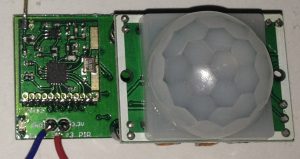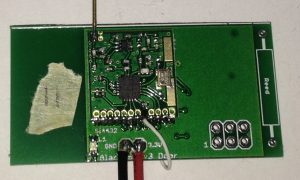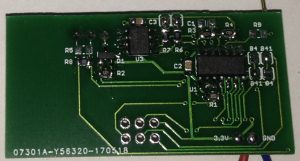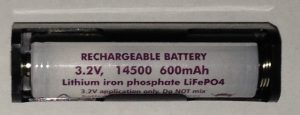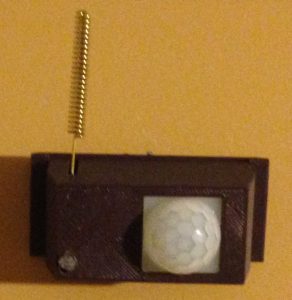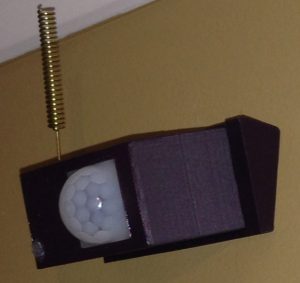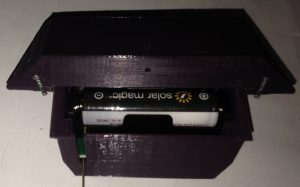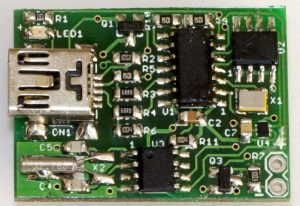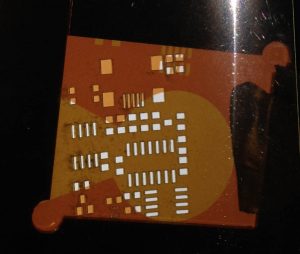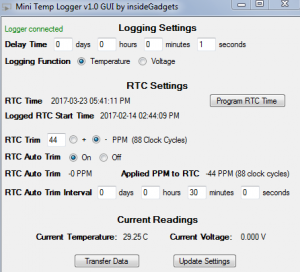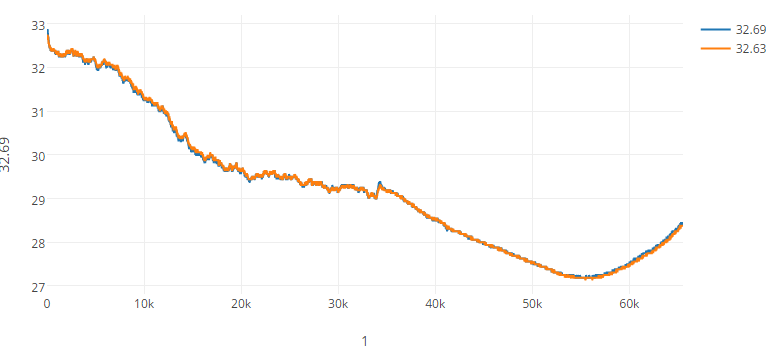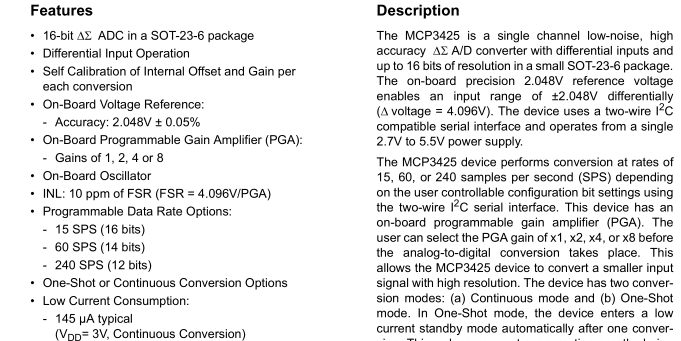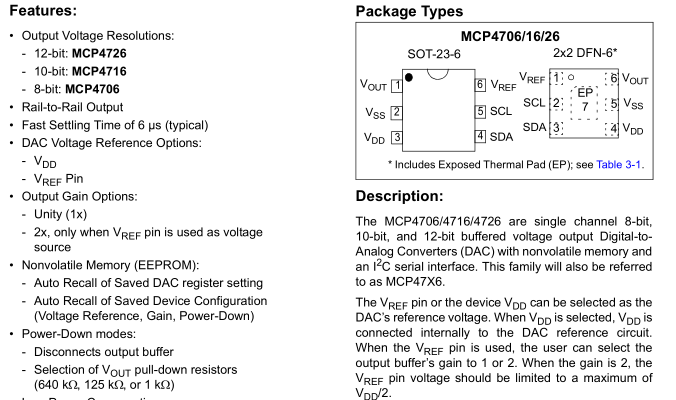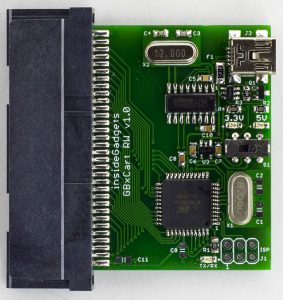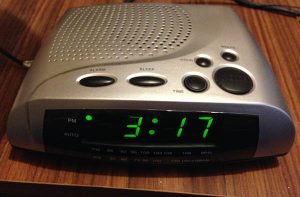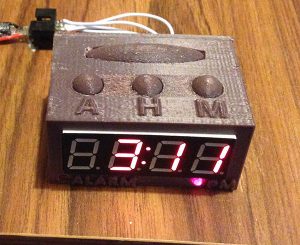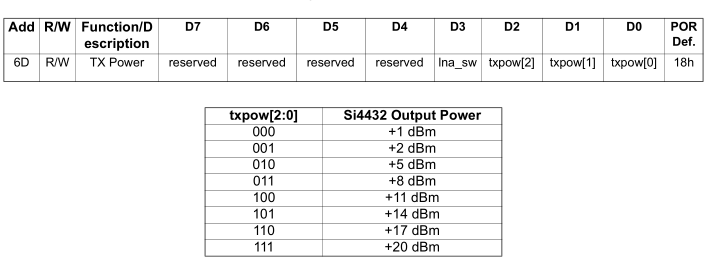GBxCart RW Software/Hardware changes since release (changing MCU, TinySafeBoot, GB Flash carts, etc)
Posted in Projects on Oct 21st, 2017
I thought it might be interesting to go over the noteworthy software/hardware changes since the initial release of GBxCart RW, some of them include changing the MCU, using TinySafeBoot as the boot loader so the firmware can be easily upgraded, some GB flash cart support and various fixes.
Change to ATmega8515L
In the initial release I was using the ATmega32A which was just short on 2 pins for displaying the 3.3V/5V LEDs so I ended up using an inverter to do that. I didn’t really want to keep using an extra part (inverter and supporting parts), plus it wouldn’t be able to support GB flash carts in the future as I didn’t have enough pins for the GB cart audio pin as that’s how you program some of them. I did a more broader search and came to the ATmega8515L which gave me 3 more I/O, just enough for the audio pin and 2 LEDs so I could remove the inverter (it also seems like the MCU some other GB cart devices use too).
Gameboy Camera SRAM misread bytes
One user reported that their GB camera SRAM dumps weren’t consistent, I could replicate the issue and it looked like some of my photos had some vertical lines, some more visible than others. It seems that when reading the SRAM, we have to delay an extra MCU cycle, so it went from 1 nop to 2 nops, shouldn’t be too noticeable, now those lines are gone and the SRAM files are always identical.
Additional EEPROM checks / Fix for GBA 32MB carts
There seemed to be an 4Kbit EEPROM which allowed 64Kbit reads without repeating the same 8 bytes over and over again, if it did repeat, that was the way we would know if it was a 4Kbit EEPROM. So I added another check which read the first 512 bytes and then second 512 bytes which wouldn’t be possible for a 4Kbit EEPROM so it should repeat the same 512 bytes which it did.
Before I was addressing the EEPROM at 0xFFFFFF but it seems like this didn’t work with 32MB carts. I re-read the GBATek information page and I must have missed the part where they briefly mention 32MB carts, in the end I changed it to read at 0xFFFF00 and it worked fine.
Flash save writing, not waiting for sector erase / Forgetting to end write before switching banks / Stuck in Flash ID mode
One user reported that their Pokemon save games weren’t being written correctly. When writing to the flash I was erasing the next sector, waiting 25ms as per some datasheets and then I wrote to that sector. I read somewhere that as flash gets worn out, it takes longer to do the sector erase so instead of waiting for 25ms, I’m now waiting to read back 0xFF from the first byte of that sector which resolved the issue. Later on I bought Pokemon Ruby and I could tell that doing a sector erase on it took longer than 25ms.
